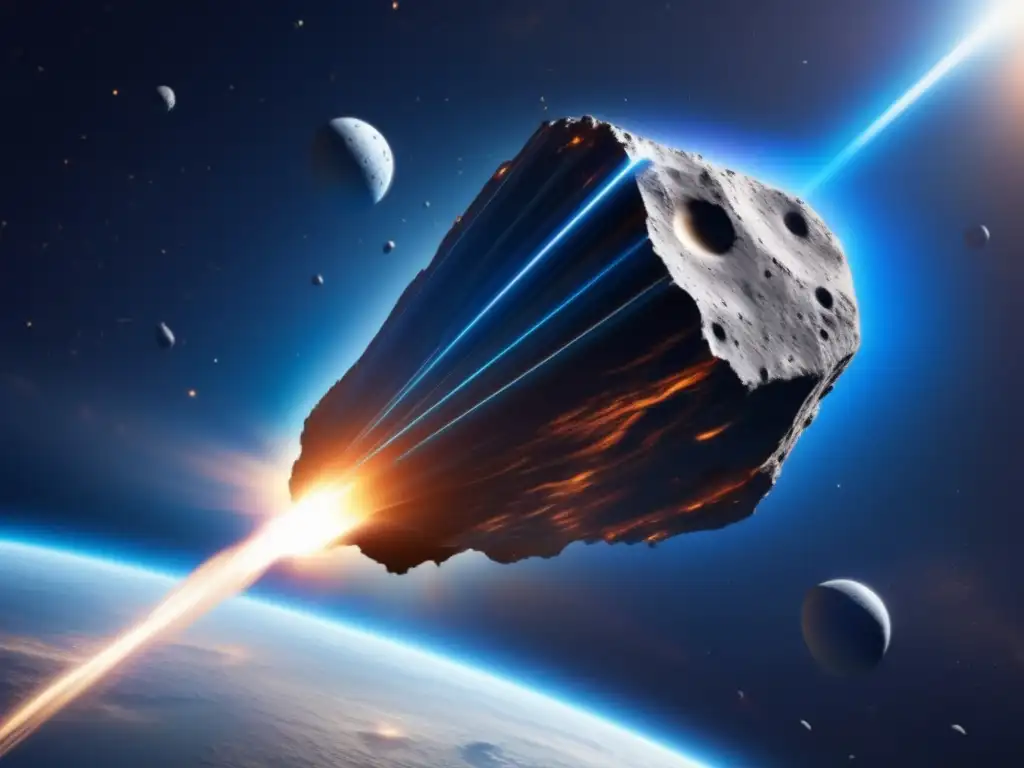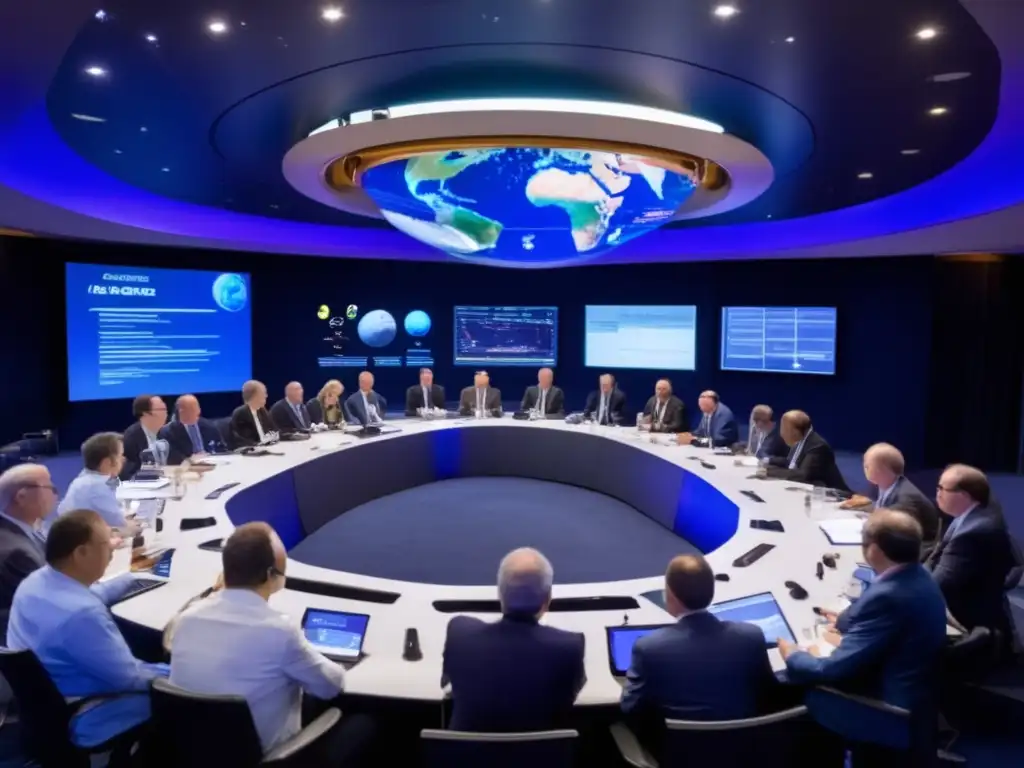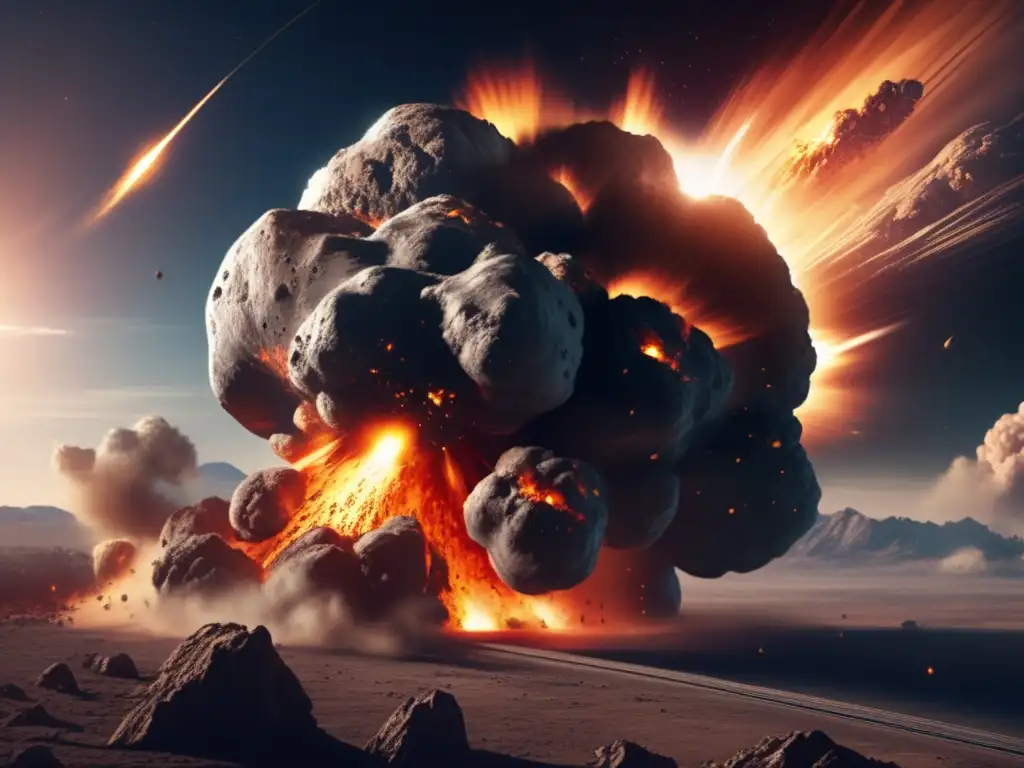Shielding The Skies: Strategies For Asteroid Defense

Introduction
Deep space is full of mysteries, and one of the most significant threats to Earth's safety is asteroids. These cosmic bodies can pose serious risks to humanity's existence, as we saw in 1908 and 2013 when two asteroids collided with our planet. Fortunately, with advanced technology, we can shield the skies and defend ourselves from such catastrophic events. In this article, we will explore different strategies for asteroid defense and examine how organizations are working towards protecting our planet.
Understanding Asteroids

Asteroid Detection Systems
Detecting asteroids accurately and early is critical. Hence, multiple asteroid detection systems are in place across the world. One such system is the Pan-STARRS (Panoramic Survey Telescope and Rapid Response System) located in Hawaii. The telescope uses digital imaging technology to scan the sky continuously and identify potential threats.
Asteroid Deflection Techniques
Once a potentially hazardous asteroid is detected, it needs to be deflected off its trajectory. There are several ways to achieve this. One method is to use a kinetic impactor, which aims at hitting the asteroid at high speed to change its direction. Another technique is the gravity tractor, which uses gravity to drag the asteroid out of its course. Scientists are also exploring the use of nuclear explosives to deflect incoming asteroids, but the approach is still in its experimental stage.
In-Situ Resource Utilization
In-situ resource utilization (ISRU) is the process of using available resources on an asteroid to create a shield against a potential impact. This could involve mining an asteroid for its minerals to create a spaceship capable of intercepting and deflecting an incoming asteroid.
Organizations involved in Planetary Defense

NASA's Planetary Defense Coordination Office
NASA's Planetary Defense Coordination Office (PDCO) is responsible for monitoring and tracking asteroids that pose a risk of collision with Earth. The PDCO oversees several programs to detect and mitigate the threat of asteroid impacts. These programs include the Near-Earth Object (NEO) Observations Program, which observes and tracks potentially hazardous asteroids and the Double Asteroid Redirection Test (DART) program, which will test the kinetic impactor technique.
B612 Foundation
The B612 Foundation is a non-profit organization dedicated to protecting Earth from asteroid impacts. The foundation has proposed a space telescope named Sentinel, which will be placed in orbit around the sun and track asteroids that could pose a threat to Earth.
European Space Agency (ESA)
The European Space Agency (ESA) is actively involved in planetary defense efforts. The agency has collaborated with international partners to launch the Hera mission, which will examine the aftermath of NASA's DART program and test the gravity tractor technique. The ESA also runs the Space Safety Program, which focuses on developing asteroid detection and deflection technologies.
Frequently Asked Questions

-
What are the chances of an asteroid hitting Earth?
The probability of a large asteroid impacting Earth is low, but not impossible. Hence, asteroid defense strategies must be in place to prevent any catastrophic events.
-
How do we know if an asteroid is a threat?
Several asteroid detection systems are in place worldwide to identify potentially hazardous asteroids. Once an asteroid is detected, it is closely monitored to determine its course and potential impact.
-
What is the most effective asteroid deflection technique?
No single asteroid deflection technique is perfect for all situations. Scientists are exploring different strategies such as kinetic impactors, gravity tractors, and nuclear explosives.
-
Can an asteroid be destroyed before it reaches Earth?
It is theoretically possible to destroy an asteroid before it impacts Earth, but such a strategy may not be feasible in all scenarios. Scientists are working on ways to deflect or disrupt incoming asteroids instead of destroying them.
-
Are we prepared to handle a potential asteroid impact?
The international community is working collaboratively to develop asteroid defense technologies and strategies. However, continuous efforts are necessary to be better prepared for any potential asteroid impact.
Conclusion
Asteroids can pose serious risks to our existence, and it is essential to devise strategies to defend ourselves from these cosmic bodies. Several organizations across the world are working towards developing asteroid detection and deflection technologies. While the probability of a catastrophic event is low, we must remain vigilant and prepared to face any potential threat. Share your thoughts and ideas in the comments section, and do visit Asteroid Realm for more informative and exciting articles related to asteroids.
Additional Resources

- NASA's Planetary Defense website
- The B612 Foundation website
- European Space Agency's Planetary Defense website
 Avoiding Cosmic Catastrophe: How We Plan To Prevent Asteroid Impacts
Avoiding Cosmic Catastrophe: How We Plan To Prevent Asteroid Impacts Guarding Earth: The Science Of Asteroid Defense
Guarding Earth: The Science Of Asteroid Defense Fighting Fire With Fire: Technologies Against Asteroid Threats
Fighting Fire With Fire: Technologies Against Asteroid ThreatsIf you want to discover more articles similar to Shielding The Skies: Strategies For Asteroid Defense, you can visit the Planetary Defense category.
Leave a Reply

Articulos relacionados: